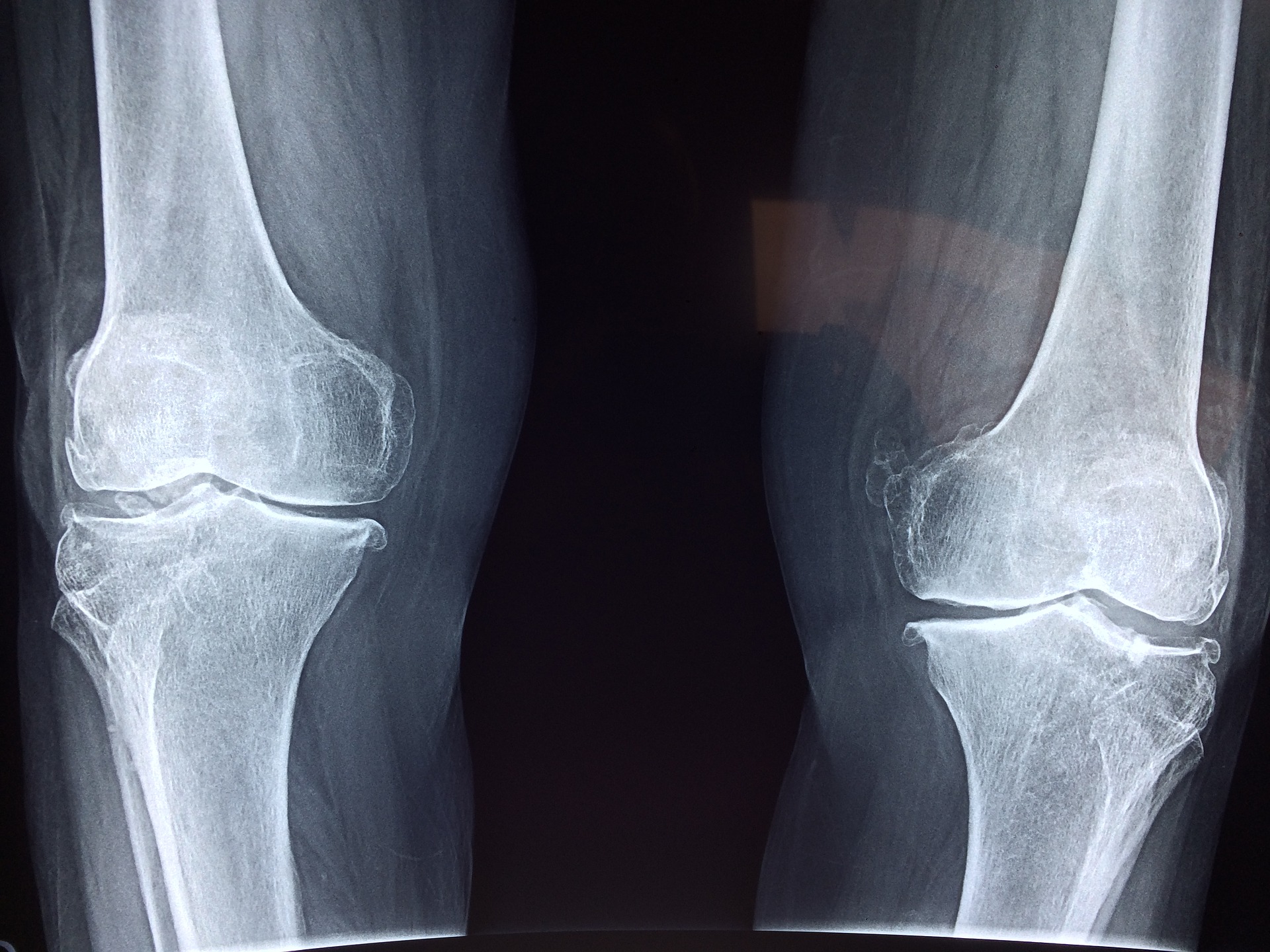"Expert NDIS physiotherapy, right at your doorstep."
Welcome to Physiotherapies!
Welcome to Physiotherapies!

Osteoporosis is a condition characterized by weakened bones that are more susceptible to fractures. It is a major underlying cause of fractures in post-menopausal women and the elderly, with the hip, spine, and wrist often being the first areas affected. The risk of osteoporosis can be reduced through a combination of weight-bearing exercise, a balanced diet rich in calcium and vitamin D, and proper management of bone health.
If you’ve been diagnosed with osteoporosis or are at risk, collaborating with your physiotherapist to create an individualized weight-bearing exercise plan is a crucial step in reducing the risk of fractures. By following Physio-4 Therapies for Osteoporosis, you can minimize fracture risk and keep moving for life.
Physiotherapists are highly trained professionals who specialize in treating musculoskeletal conditions like osteoporosis. They work with patients to develop tailored exercise programs that address bone health, strength, and mobility. Physiotherapists also help prevent falls and fractures by improving balance and teaching safe movement strategies.
As Melbourne’s leading health experts in osteoporosis management, Physiotherapies is dedicated to helping you strengthen your bones and improve your quality of life.
